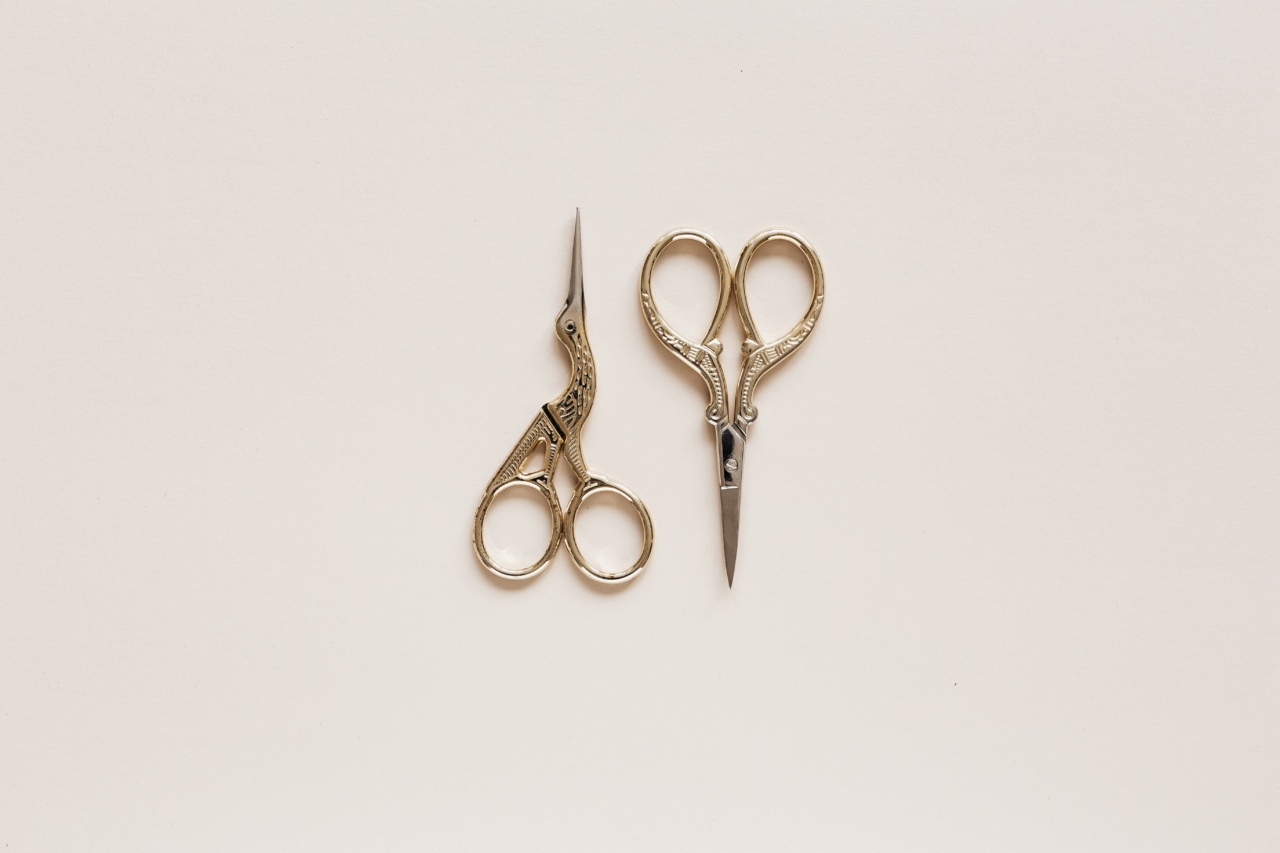Small cuts and scratches are common injuries that can happen to anyone, at any time. Whether it’s a paper cut or a scrape from a fall, these minor wounds can be painful and inconvenient.
While most small cuts and scratches heal on their own without much intervention, there are simple steps you can take to promote healing and prevent infection. In this article, we will discuss those steps and provide some helpful tips for dealing with small cuts and scratches.
Clean the Wound
The first step in healing a small cut or scratch is to clean the wound thoroughly. Start by rinsing the area with cool running water. This will help remove any dirt, debris, or bacteria that may be present.
Avoid using hot water or harsh soaps, as they can irritate the wound. Pat the area dry with a clean towel or allow it to air dry.
Apply an Antiseptic
Once the wound is clean and dry, apply a small amount of antiseptic solution to the area. Antiseptics help kill bacteria and prevent infection. You can use hydrogen peroxide, rubbing alcohol, or an over-the-counter antiseptic solution.
Gently dab the solution onto the wound using a clean cotton swab or sterile gauze pad.
Protect with a Bandage
To keep the wound clean and prevent further injury, cover it with a sterile bandage or adhesive strip. This will protect the area from dirt, bacteria, and friction.
If the cut is in an area that is prone to movement, such as the joints or fingers, consider using a flexible bandage that allows for mobility while still providing protection.
Change the Dressing Regularly
It’s important to change the dressing on your wound regularly to promote healing and prevent infection. Follow the instructions on the packaging for how often to change the bandage.
Generally, it is recommended to change it at least once a day or whenever it becomes dirty or wet. Before applying a new dressing, make sure to clean the wound again and apply a fresh layer of antiseptic.
Keep the Wound Moist
Contrary to popular belief, keeping a small cut or scratch moist can aid in healing. Dry wounds are more prone to scabbing and cracking, which can delay the healing process.
To keep the wound moist, you can apply an over-the-counter antibiotic ointment or petroleum jelly. These products create a barrier that locks in moisture and helps speed up the healing process.
Avoid Picking at Scabs
When a small cut or scratch starts to heal, a scab will form to protect the area as new skin grows underneath. It’s essential to resist the urge to pick at or remove the scab prematurely.
Picking at scabs can lead to re-injury and increase the risk of infection. Allow the scab to fall off naturally on its own, as this indicates that the wound has healed completely.
Apply a Topical Antibiotic
If the wound is slightly deeper or appears to be at a higher risk of infection, applying a topical antibiotic cream or ointment can be beneficial.
These products not only help prevent infection but also provide a protective barrier that aids in the healing process. Consult with your pharmacist or healthcare provider to determine which antibiotic ointment is appropriate for your particular wound.
Manage Pain with Over-the-Counter Medication
Small cuts and scratches can sometimes be painful, especially if they are located in areas with a lot of nerve endings, such as fingertips. Over-the-counter pain relievers like acetaminophen or ibuprofen can help manage pain and reduce inflammation.
Follow the recommended dosage instructions on the packaging and consult with a healthcare professional if you have any underlying medical conditions or concerns.
Watch for Signs of Infection
While most small cuts and scratches heal without complications, it’s important to watch for signs of infection. If you notice increased redness, swelling, warmth, or pus coming from the wound, it may be infected.
Other signs of infection include fever, persistent pain, or a foul odor. If you suspect an infection, seek medical attention promptly.
Leave Deep or Serious Wounds to Professionals
If a small cut or scratch is deep, gaping, or caused by a dirty or rusty object, it may require professional medical attention. In such cases, it’s best to leave the wound alone and seek immediate medical help.
Deep wounds may require stitches or other interventions to promote proper healing and reduce the risk of complications.
Conclusion
While small cuts and scratches can be bothersome, they are typically minor injuries that can be effectively treated at home. By following these simple steps, you can promote healing, prevent infection, and ensure a speedy recovery.
Remember to keep the wound clean, protect it with a bandage, and change the dressing regularly. If the wound shows signs of infection or is deep, seek medical attention. With proper care, your small cuts and scratches will heal in no time.






























